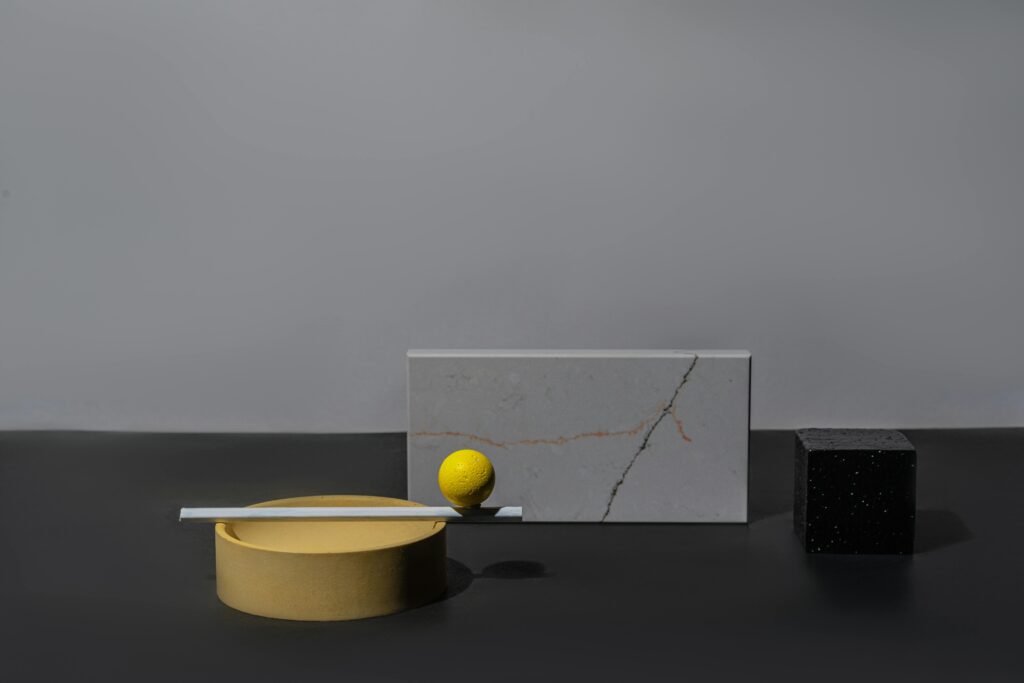Proportion in art refers to the relationship between the sizes of different elements within a composition. Mastering proportion is essential for artists aiming to create balanced and harmonious artworks. This article delves into the various types of proportion, their significance, and techniques to achieve them.
Types of Proportion in Art
Standard Proportion
Standard proportion involves accurate and realistic size relationships between elements, mirroring how they appear in real life. This approach is prevalent in classical art, where artists strive for lifelike representations.
For instance, Michelangelo’s sculpture “David” exemplifies standard proportion. Despite its monumental scale, the figure’s body parts are proportionally accurate, reflecting a deep understanding of human anatomy.
Altered Proportion
Altered proportion, or exaggerated proportion, occurs when artists intentionally distort sizes to convey specific messages or evoke emotions. This technique is common in abstract and expressionist art.
Pablo Picasso’s “Mother and Child” (1921) showcases altered proportion. The mother’s enlarged hands symbolize strength and protection, emphasizing her role as a caregiver.
Hierarchical Proportion
Hierarchical proportion is used to denote the importance of figures within a composition by varying their sizes. More significant figures are depicted larger, while less important ones are smaller.
In ancient Egyptian art, such as the “Palette of King Narmer” (c. 3000-2920 BCE), the pharaoh is portrayed larger than surrounding figures, signifying his supreme status.
Out of Proportion
Out of proportion refers to artworks where elements are intentionally misrepresented in size, often to create a surreal or whimsical effect.
Salvador Dalí’s “The Elephants” (1948) features elephants with elongated, spindly legs, creating a dreamlike and otherworldly atmosphere.
Techniques for Achieving Proportion
The Use of Grids
Artists employ grids to divide their canvas into sections, aiding in the accurate placement and sizing of elements. This method ensures consistency and balance throughout the composition.
The Golden Ratio
The golden ratio, approximately 1.618, is a mathematical concept used to create aesthetically pleasing proportions. Artists like Leonardo da Vinci incorporated this ratio to achieve harmony in their works.
Reference Points
Establishing reference points allows artists to measure and compare different parts of their composition, ensuring correct proportions relative to each other.
Sketching Outlines
Creating preliminary sketches helps artists plan the layout and proportions of their artwork, allowing for adjustments before finalizing the piece.
Using Reference Images
Reference images serve as guides for accurate proportions, especially when depicting complex subjects like the human figure or intricate objects.
Proportion in Different Art Forms
Proportion in Painting
In painting, proportion is crucial for creating realistic and balanced compositions. Artists like Leonardo da Vinci meticulously studied human anatomy to depict figures with accurate proportions.
Proportion in Sculpture
Sculptors must consider proportion to ensure their three-dimensional works are lifelike and harmonious. The ancient Greek statue “Doryphoros” by Polykleitos exemplifies the use of proportion to achieve idealized human forms.
Common Questions About Proportion in Art
- What is the difference between proportion and scale in art?
Proportion refers to the size relationships between elements within a composition, while scale pertains to the size of an entire object in relation to another object or its environment. - Why is proportion important in art?
Proportion is vital for creating balanced, realistic, and harmonious artworks. It guides the viewer’s eye and conveys the intended message or emotion. - How can I improve my understanding of proportion?
Studying human anatomy, practicing with grids, and analyzing master artworks can enhance your grasp of proportion. - Can altered proportions be used in realistic art?
While altered proportions are typically found in abstract art, subtle exaggerations can be employed in realistic art to emphasize certain features or convey specific emotions. - What role does the golden ratio play in art?
The golden ratio helps artists create compositions that are naturally pleasing to the eye by establishing harmonious proportions. - Are there tools to assist with proportion in art?
Yes, tools like proportional dividers, grids, and digital software can aid artists in achieving accurate proportions. - How does proportion affect the mood of an artwork?
Proportion influences the visual balance and can evoke feelings of stability, tension, or dynamism, depending on how it’s applied. - Is it necessary to always follow standard proportions?
Not necessarily. Deviating from standard proportions can lead to innovative and expressive artworks, depending on the artist’s intent.
Understanding and mastering proportion is fundamental for artists across all mediums. By exploring different types of proportion and employing various techniques, artists can create compelling and harmonious compositions that resonate with viewers.


